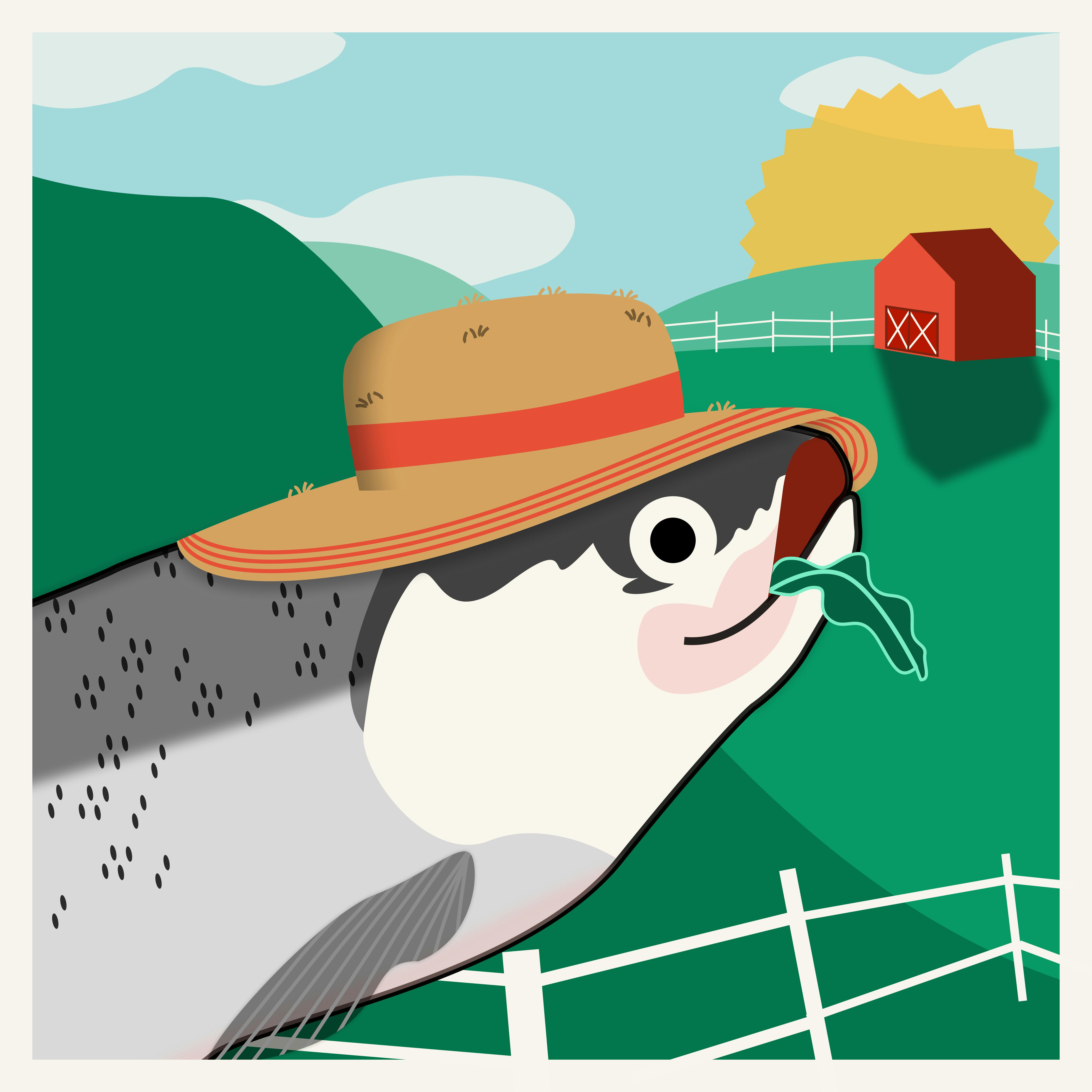
Sustainably Farmed Salmon is the Future of Fish
By Jan Newberry
July 19, 2022
Type “what’s the healthiest food?” into your search engine and fish, particularly salmon will pop up very near the very top of the list. Salmon is not just a good source of omega 3s, the essential fatty acids that can help regulate your mood, reduce inflammation, and boost immunity. It’s also rich in protein and a bunch of other nutrients that benefit your heart, brain, and vision. And salmon is not just good for you, it’s also well, just really good. In terms of popularity, salmon ranks second only to shrimp. In 2021, Salmon accounted for 56% of all new seafood dollars with sales that grew to nearly $235 million.
The only real problem with salmon is that it’s too popular. Many wild species, like coho from the lower Columbia River, and sockeye from the Snake River are seriously endangered, as are certain populations of chinook and wild Atlantic salmon.
Salmon, like everything else on this planet, is threatened by the effects of our warming climate. The fish need clean, well-oxygenated cold water to thrive and as the temperature of our rivers, streams, and oceans rise, salmon are at an increased risk of predators, parasites, and disease. Hydroelectric dams, habitat destruction, and over-fishing also contribute to salmon’s shrinking stocks. A 2006 study published in the journal Science predicted that the world’s fisheries will collapse by 2048 if we continue to fish at such an unsustainable rate.
But despite that grim statistic, the idea persists that wild salmon is the ethical choice and that farmed fish is an environmental disaster. But if we want to continue eating fish, we need to make peace with fish farming.
Not all fish farms are created equal. At its worst, salmon farming threatens sensitive ecosystems. When farmed salmon escape they compete for food and habitat, and may breed with wild salmon, threatening the biodiversity of our oceans. Farmed fish can also develop infections and parasites that are sometimes treated with antibiotics that can be harmful to humans.
But aquaculture is becoming increasingly more responsible as salmon farmers adopt more sustainable practices. According to the Global Salmon Initiative, which represents about 50 percent of salmon farms worldwide, the use of antibiotics has been cut in half since 2012. Sustainably farmed salmon has one of the lowest greenhouse gas profiles of all animal protein sources. Today, many aquaculture farms are efficient, and humane, producing clean, healthy salmon, and helping preserve wild populations.
From a nutritional standpoint, there are some key differences between wild and farmed salmon. Wild salmon can travel thousands of miles in their life cycle and are typically leaner than their fattier cousins who live out their lives in the cushy confines of a feeding pen. But the fats in salmon are very nutritious, so that's not a bad thing. Wild salmon also have a far more diverse diet, which means that they may be more nutrient-dense than farmed salmon.
What farmed salmon eat depends on who’s feeding them. The worst offenders rely on commercial feeds made of wild fish (thus depleting already endangered stocks of wild seafood), GMO corn and soy, and even ground meat. Responsible aqua farmers (there are many), adhere to strict limits to the amount of wild fish in their feed blends that often include algae, vitamins, and oils rich in omega-3 fatty acids.
At Territory, we use sustainably raised salmon that meets the Monterey Bay Aquarium Seafood Watch criteria for best choice or good alternative.